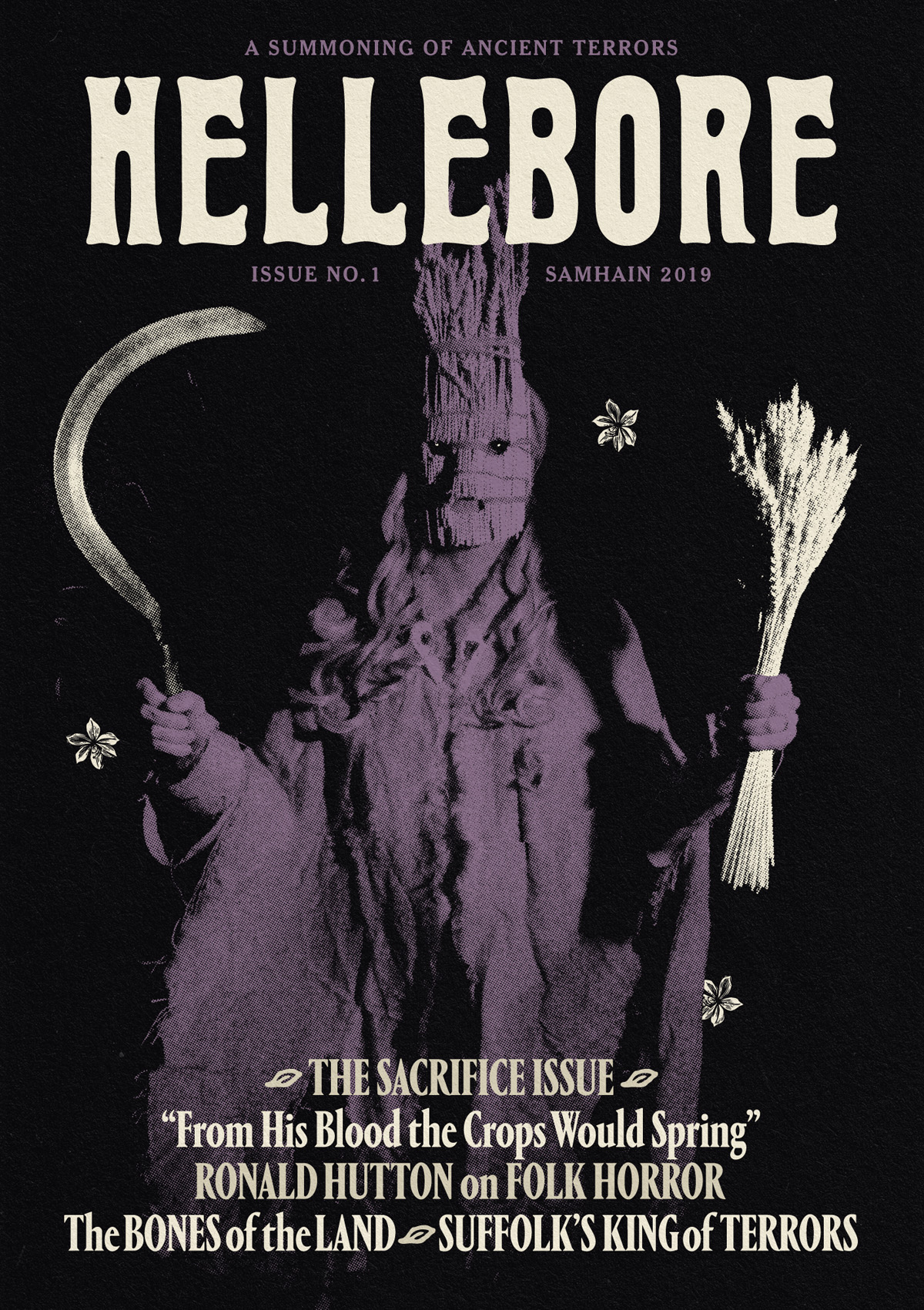
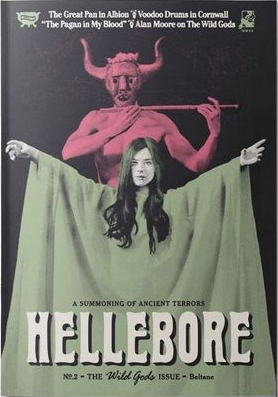
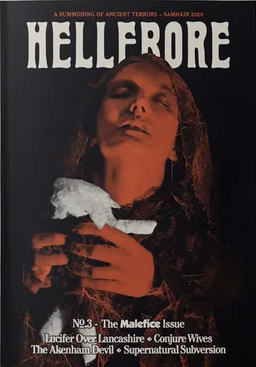
Books in series

Hellebore #1
The Sacrifice Issue
2019

Hellebore #2
The Wild Gods Issue
2020

Hellebore #3
The Malefice Issue
2020
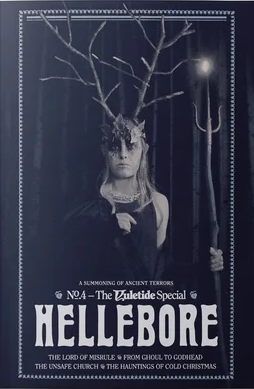
Hellebore #4
The Yuletide Special
2020
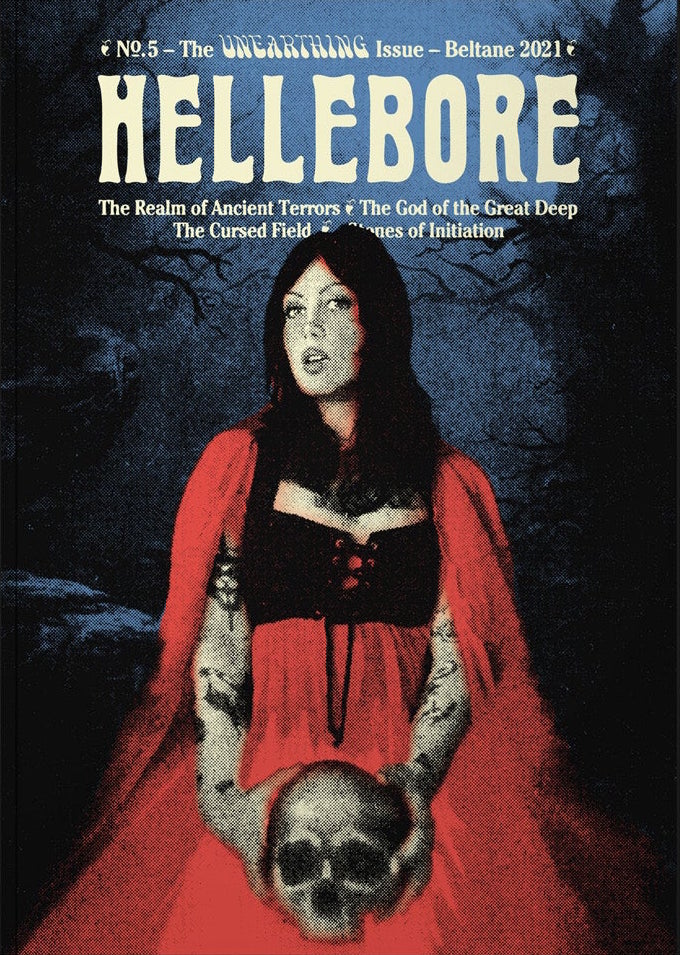
Hellebore #5
The Unearthing Issue
2021

Hellebore #6
The Summoning Issue
2021
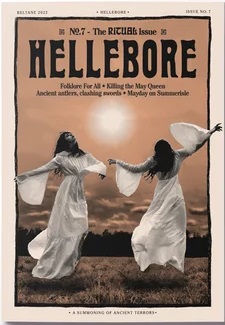
Hellebore #7
The Ritual Issue
2022
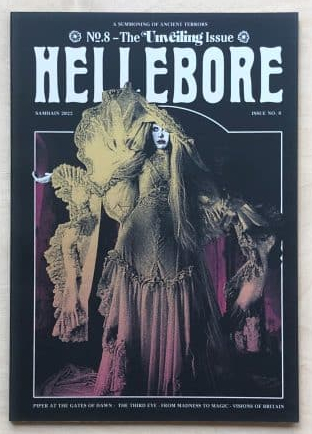
Hellebore #8
The Unveiling Issue
2022
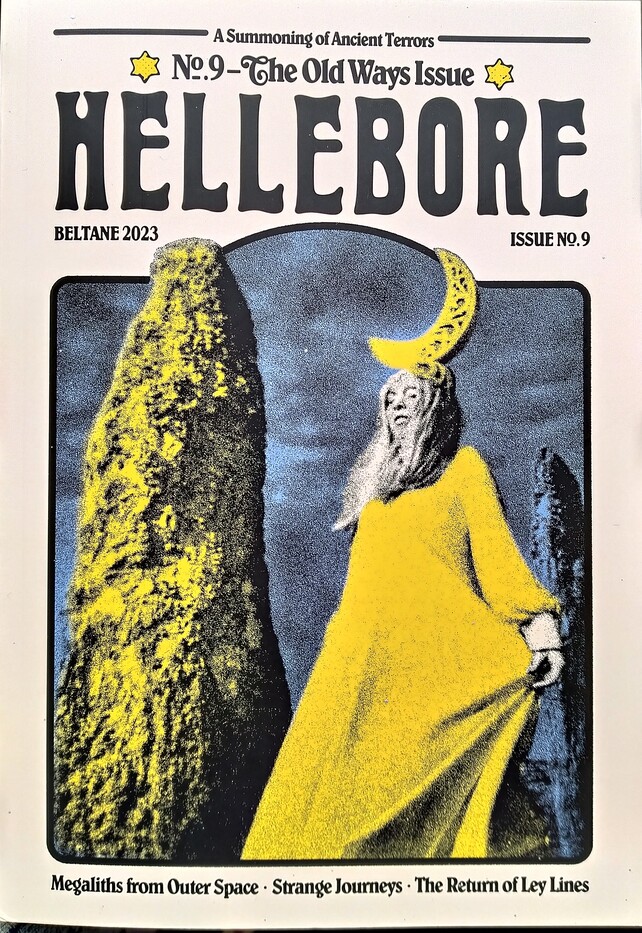
Hellebore #9
The Old Ways Issue
2023
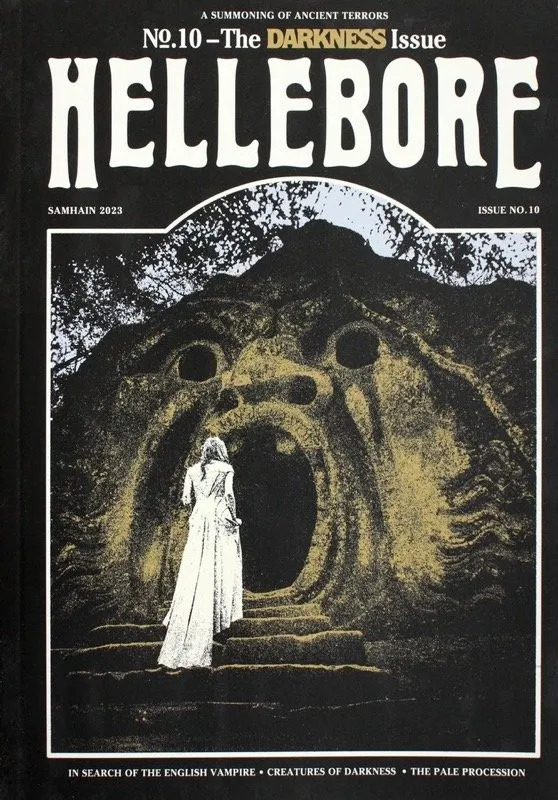
Hellebore #10
The Darkness Issue
2023
Authors

Fantasy with a Folklore Twist Icy Sedgwick is a writer based in the north east of England. She writes Gothic-tinged not-quite-YA fantasy novels and Gothic short stories. Icy is also working on a series of experiments in historical fiction with Australian composer AJ Moon, combining spoken word stories with originally composed music. When she's not writing fiction, she's blogging about folklore and the supernatural. Elsewhere, she's working on a PhD in Film Studies, looking at the use of set design in contemporary supernatural films. She also knits up a storm, enjoys poking around old buildings, and takes more photographs than she probably should.

JOHN REPPION is an author, Fortean essayist, and Weird Fiction writer, born in Liverpool in 1978. He has written articles for the likes of Fortean Times, Strange Attractor Journal, Darklore, and Paranormal Magazine, and is a contributing editor for The Daily Grail online. In 2008 The History Press published 800 Years of Haunted Liverpool - John's weird history/paranormal guidebook to the city. His fiction has been published in anthologies from Combustion Books, Ghostwoods Books, PS Publishing, Snowbooks, Swan River Press, and Vagrants Among Ruins. He and his wife, Leah Moore, have been scripting comics together since 2003, writing for the likes of 2000 AD, Channel 4 Education, Dark Horse, DC Comics, Dynamite Entertainment, Electricomics, IDW, and Self Made Hero. They have written established characters such as Doctor Who (The Whispering Gallery, 2008 with Ben Templesmith) and Sherlock Holmes (The Trial of Sherlock Holmes, 2009 with Aaron Campbell, and The Liverpool Demon, 2012 with Matt Triano), as well as creating their own including Brit-Cit Psi Division, Judge Lillian Storm (Storm Warning, 2015 with Tom Foster). Together they have faithfully adapted notable works by Lewis Carroll (The Complete Alice, 2010), H. P. Lovecraft (The Shadow Over Innsmouth, 2012), Bram Stoker (The Complete Dracula, 2009), and M. R. James (Ghost Stories of an Antiquary Vol 1, 2016) into comics and graphic novels.

Per Faxneld is Swedish Historian of Religion he holds a ph.d. in History of Religions (obtained in 2014). his field of specialisation is Western esotericism, new religions and "alternative spirituality" (e.g. Satanism, Theosophy, Anthroposophy, New Age, the sacralization of physical excercise, etc), with a particular emphasis on how they are formed in tandem with processes of modernization (especially secularization). he has also worked from a sociological perspective with questions pertainng to strategies of legitimation, religious authority and identity formation. Other interests include religion and popular culture (reflection my background in cinema studies), folk religion (e.g. editing a critical edition of a folkloristic classic), gender issues, globalization and religion and violence. A key theme in his research is the relation between Western esotericism and art/literature. My doctoral dissertation (Satanic Feminism: Lucifer as the Liberator of Woman in Nineteenth-Century Culture, awarded the Donner Institute Prize for Eminent Research on Religion, and later re-published by Oxford University Press) adresses how anti-clerical feminists – primarily during the time period 1880–1930 – used Satan as a symbol of rejecting the patriarchal traits of Christianity. I emphasized how these women were inspired by the period's most influential new religion, Theosophy, and how the anti-religious discourses of secularism impacted feminism.